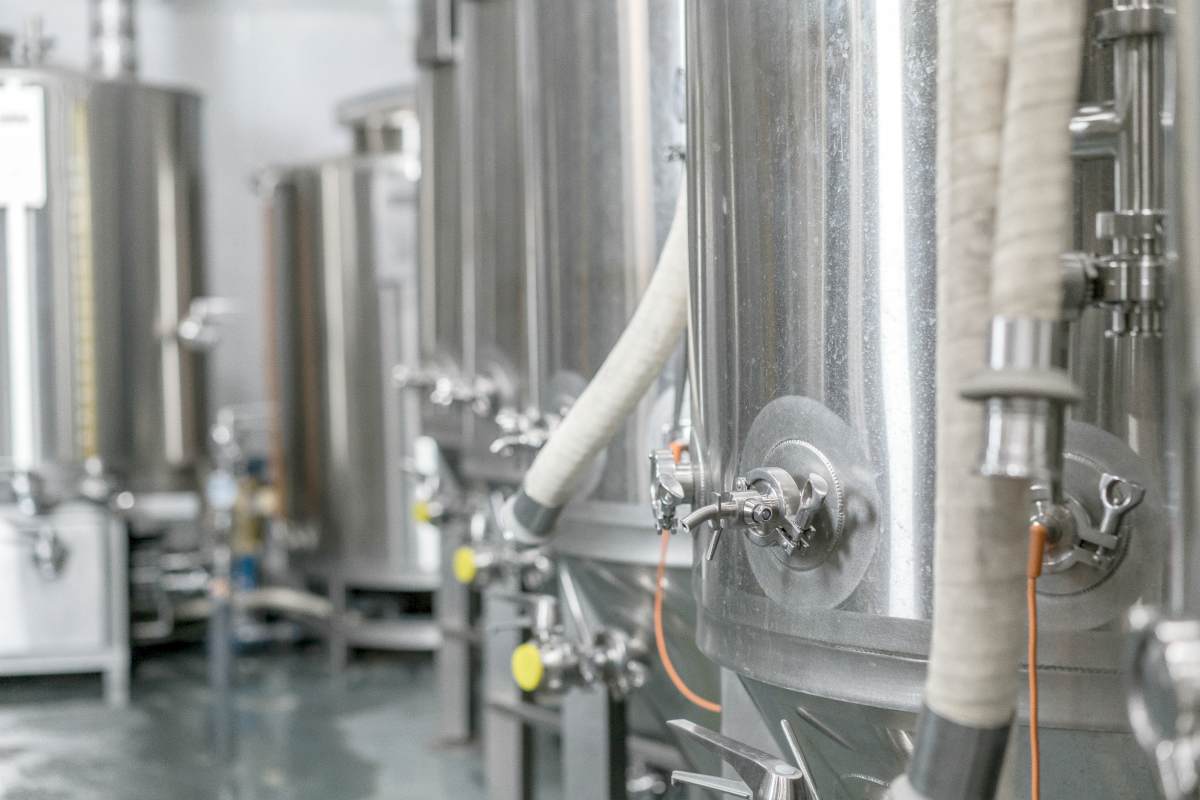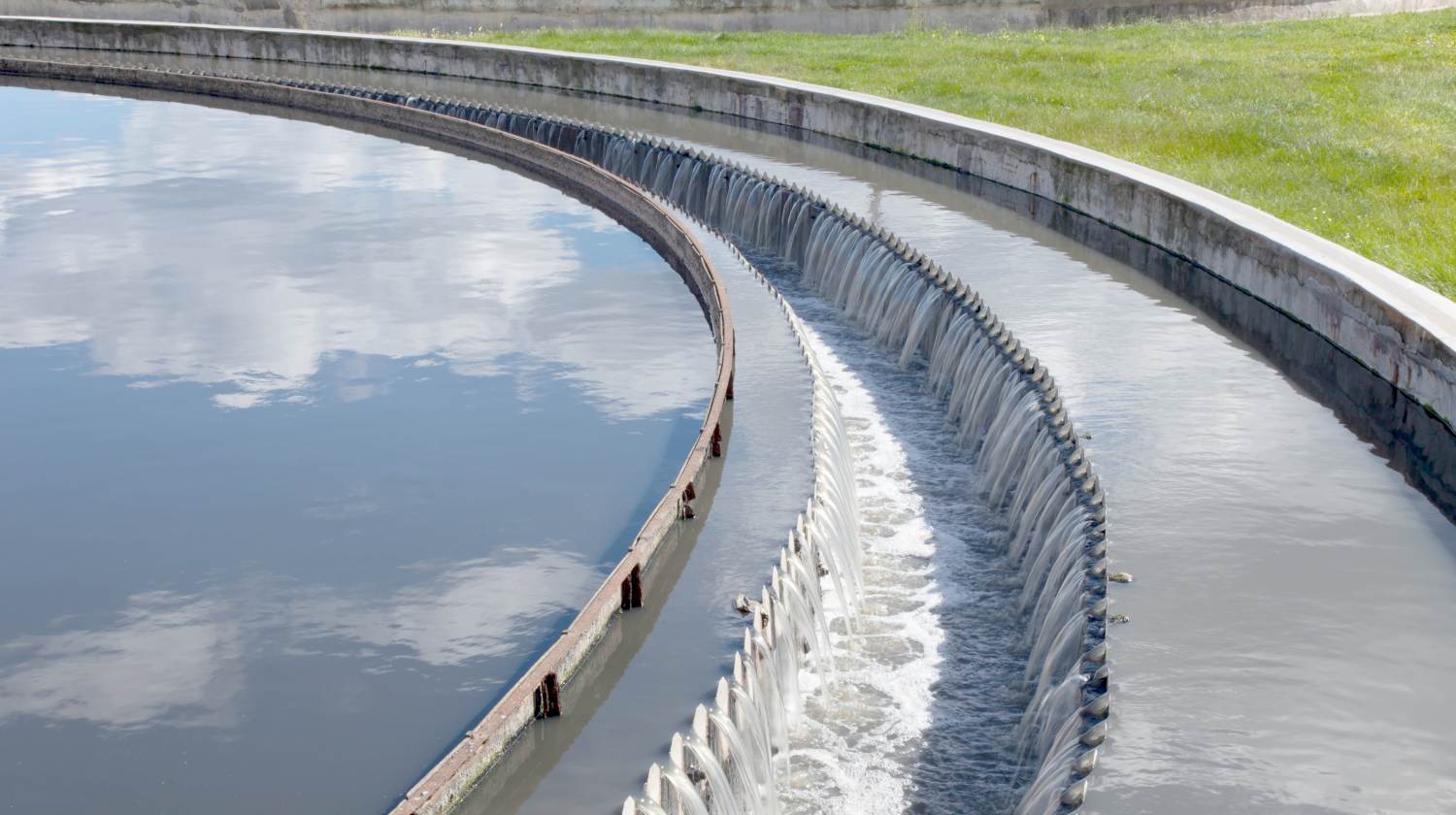It’s time to come clean on the wastewater treatment process and why drinking recycled water is not the best option.
RELATED: Get The Lead Out: How Is Your State Doing?
In this article:
- What Are the Types of Wastewater?
- What Are the Three Stages of Wastewater Treatment?
- How Is Wastewater Treated?
- How Long Does Wastewater Treatment Take?
- How Does Recycled Water Work?
- Is It Safe to Drink Recycled Water?
- Go for Tyent Water Instead
How Water Treatment Process Works: Is It Safe to Drink Recycled Water?
What Are the Types of Wastewater?
To understand wastewater treatment, it is important to know what accounts for wastewater. There are many different categories.
For example, the water may be black, gray, and yellow, although it doesn’t mean water should be in these colors.
Let’s break them down:
1. Black Water
This is the type of water that comes from the toilet and dishwashers, to name a few. They contain a lot of biochemical agents.
These can include your urine, hair, poop, skincare products, blood, cleansing water, and a whole lot more.
Because of their contents, they are more likely to be pathogenic. They contain microorganisms that can be harmful to both the environment and health.
2. Gray Water
In a household, this refers to wastewater that doesn’t come from black water sources. These may be water from the washing machine, air-conditioning units, and kitchen sinks.
This is usually the type of water that becomes recycled water (more on that later).
3. Yellow Water
It is essentially urine that doesn’t contain other contaminants. It is, therefore, not the same urine found in your toilet.
The wastewater treatment process may also be according to the type of sewage, which can be:
- Industrial
- Commercial
- Domestic
- Non-sewage
Non-sewage refers to wastewater that comes from agriculture, water or storm runoffs, and gutter runoffs.
What Are the Three Stages of Wastewater Treatment?
The stages referred to here are the ones used by the wastewater treatment plants. It can vary depending on the type of sewage they’re dealing with, preferred outcome, and the plant’s processes.
Often, they fall into three stages:
- Primary
- Secondary
- Tertiary
What is primary and secondary treatment? In the primary treatment of wastewater, the treatment plant uses two tools: settling tank and screen.
The screen is helpful in filtering the solids in the water while the settling tank removes the sludge, which settles below the tank, and the scum, which rises above. Both of these can already purify the water but not as much.
For this reason, the state or the plant may introduce one more treatment phase, which is the secondary. In this level, the wastewater mixes with bacteria that feed on the remaining pollutants.
The ones they cannot digest proceed to another settling tank, which allows the water to sit for many hours. The sludge then goes down and the scum comes up.
The treatment plant will then release the sludge at the bottom and skim the scum. Depending on the quality of the wastewater by this time, the plant may then release it to bodies of water around you.
What will happen to the solids, sludge, and scum? Some of them may end up in the landfill.
The tertiary treatment of wastewater is the most advanced of the three. At this stage, the wastewater treatment plants can already remove the metals, chemicals, color, and organic substances such as nitrogen.
How Is Wastewater Treated?

What are the methods of wastewater treatment? Again, it depends on many factors. Some of the popular options are:
- Introduction of bacteria to help remove wastes, which are usually biological
- Use of UV light to kill off the remaining harmful microorganisms
- Addition of chlorine to disinfect the water
- Use of settling tanks to separate contaminants of varying density
- Barriers such as filters or screens to trap the solids
- Removal of color, metals, and organic chemicals, which is common in industrial wastewater treatment
In small, rural, and more isolated communities, wastewater treatment methods can be different. For example, they may use septic tanks, which they can empty on a regular basis.
It’s also possible for the waste to end up in reservoirs they call lagoons, and it sits there for a period such a year before the community or the plant treats or releases it.
Some water may end up in shallow grounds, or they may allow the soil to absorb the wastewater.
RELATED: Just What Else Is In America’s Water? Another Horror Story Hits The Headlines
How Long Does Wastewater Treatment Take?
It varies.
Some wastewater treatments can take only 24 hours. In other cases, it can last for weeks or even months to a year.
One of the essential wastewater treatment jobs is to ensure the water that goes toward bodies of water such as the seas and rivers won’t harm the environment and people’s lives.
How Does Recycled Water Work?
Wastewater treatment isn’t only to clean water before it heads back to nature. Some states these days may do it to augment their water supply.
By then, the water becomes recycled water. Where can you use it?
You can use it for a variety of activities such as flushing the toilet, watering the plants, or washing the laundry. You can even utilize it in taking a bath.
Here’s the bigger question, though: can you drink it? The answer is yes, you do, and you do so whether you know it or not.
Is It Safe to Drink Recycled Water?

The idea you may be drinking recycled water may be repulsive, but you need to know the following:
- Not all dirty water from your home ends up back into your faucet.
- The wastewater treatment plant should perform extraordinary steps to ensure the water is safe and clean for drinking.
- The water goes through many processes such as reverse osmosis or micro-filtration.
- The equipment and methods they use meet industry and international standards.
What is microfiltration? It is the process of screening suspended solids up to 0.1 micron in size. It can filter a lot of solids, but it may not prevent viruses from passing through.
The bottom line is they’re safe, but here are two caveats.
- First, they may not be entirely safe if you’re living in small communities. In these areas, the wastewater treatment plant process may not be as rigorous.
- Second, why should you drink recycled water when you can get something better right in your own kitchen?
Go for Tyent Water Instead
Tyent water provides a long list of benefits you can never get by drinking recycled water.
For one, it has Ultra Filters that have a .01 micron and can filter out over 200 contaminants. Plus, it can retain the essential minerals your body needs for nourishment. These include those that help replenish your electrolytes.
Second, by investing in water ionizers, you can convert your regular tap water into Tyent water fast and easy!
Whether you want to drink recycled water from wastewater treatment plants is your choice. Do know, though, that’s not your only option.
Since your body deserves better, why don’t you choose Tyent water instead? It still gives you clean water but with a whole lot of other benefits.
Will you consider drinking recycled water? Share your thoughts about it in the comments section below.
Up Next:


![The Dangers of Reverse Osmosis Water [2024] hydrogen water](https://www.tyentusa.com/blog/wp-content/uploads/2020/08/Screenshot-2024-09-08-083127-150x150.png)

![Kangen Water vs. Reverse Osmosis: What’s the Difference? [2025] Kangen Water vs. Reverse Osmosis: What’s the Difference? [2025]](https://www.tyentusa.com/blog/wp-content/uploads/2024/08/Screenshot-2024-08-15-000646-300x141.png)



